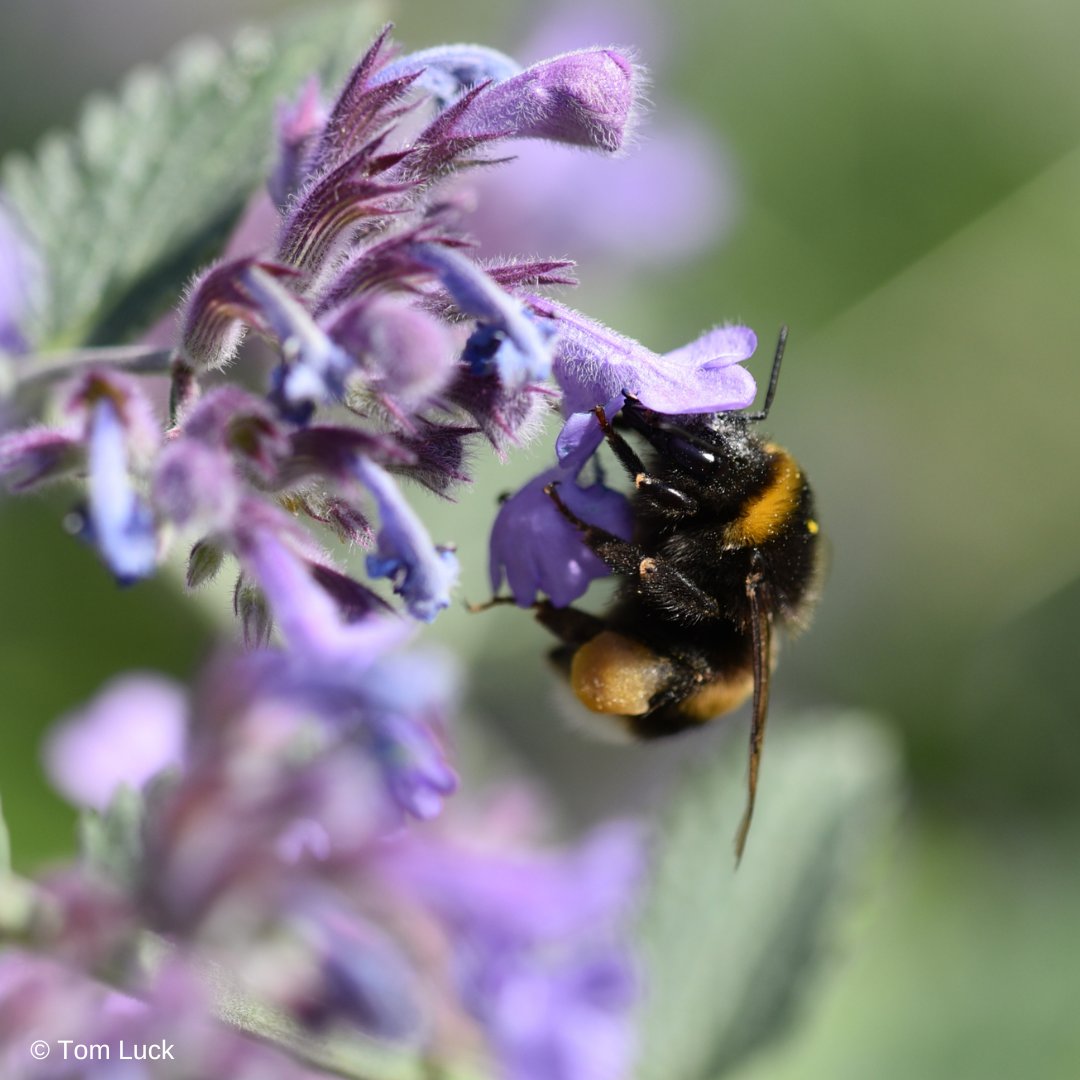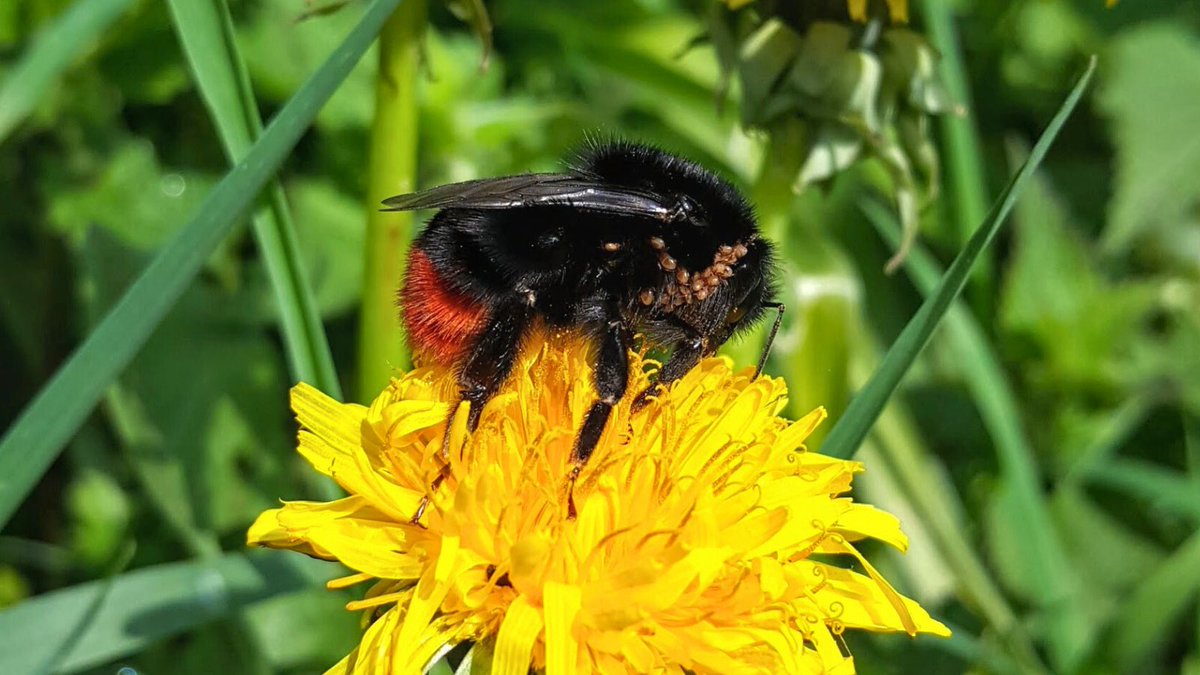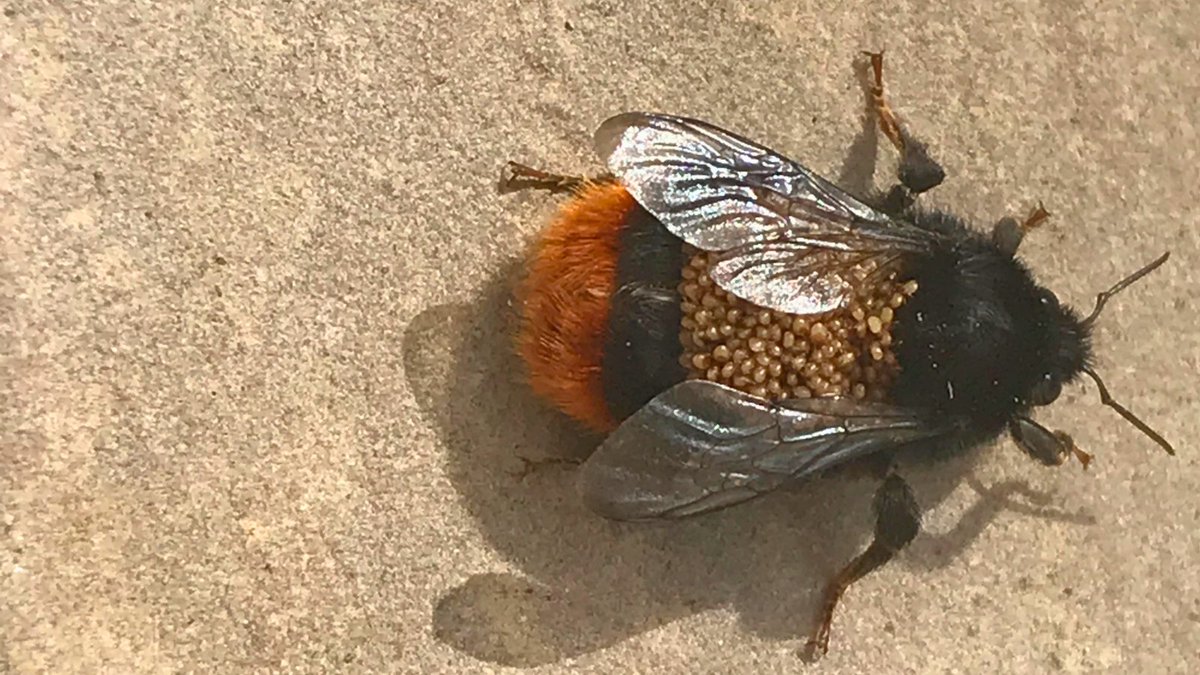With increasing concern about the lack of insects, including bumblebees, we take a look at the first few months of 2023 BeeWalk data to see what is happening. Read on and please retweet if you find this interesting.
@BBCSpringwatch #Springwatch
1/11
@BBCSpringwatch #Springwatch
1/11

BeeWalk, our national bumblebee recording scheme, runs from March to October and involves hundreds of committed volunteers across the UK. The data collected on bumblebee numbers is key to understanding what is happening.
2/11
2/11

Bumblebees reproduce at the end of summer. New queens hibernate over winter and emerge in spring. Last year’s heatwave doesn’t appear to have had a major effect on the number of queens going into hibernation, otherwise we would have seen fewer queens this spring.
3/11
3/11

Though bumblebee numbers were slightly down in March, current 2023 BeeWalk data shows the big drop in numbers comes afterwards. This means a lower number of workers have come from the nests set up by the queens in spring – and this is due to this year’s weather.
4/11
4/11

While we haven’t had ferociously cold weather, there has been late snow, a nagging chilly wind, and rain quite late into May. There have only been occasional sunny days. When looking at seven of the more common UK bumblebee species, their numbers are all lower than usual.
5/11
5/11

The Early bumblebee and Tree bumblebee, usually spring specialists, are among those to have suffered from a difficult spring. However, despite 2023 being a poor year so far, it’s not unprecedented. Bumblebee numbers tend to increase in June and peak later in the summer.
6/11
6/11

Recent weather has improved and bumblebees are starting to respond. Hopefully, despite the challenging spring, bumblebees will be able to bounce back and have a good year. Bumblebee colonies live for multiple months and are used to surviving British weather.
7/11
7/11

However, this is dependent on the weather and there being enough flowers to feed bumblebees. Bumblebees need pollen and nectar from March to October. Gardens, green spaces and even a wildflower pot on a balcony can ensure they find lots of food, especially in poor weather.
8/11
8/11

Everyone can help local bumblebees by taking simple, quick actions. This could involve providing bumblebee-friendly plants or making sure you leave areas in your garden that could be used for nesting sites.
Find out how you can help: bumblebeeconservation.org/beethechange/
#BeeTheChange
9/11
Find out how you can help: bumblebeeconservation.org/beethechange/
#BeeTheChange
9/11

Hopefully, as summer progresses, we will start to see more plants in flower and more bumblebees foraging. Please keep sharing your observations by tagging @BumblebeeTrust
10/11
10/11

Finally, if you’re interested in becoming a BeeWalker and contributing to longer-term data collection by keeping a monthly eye on bumblebee numbers, please take a look at the BeeWalk scheme:
beewalk.org.uk
beewalk.org.uk

• • •
Missing some Tweet in this thread? You can try to
force a refresh







